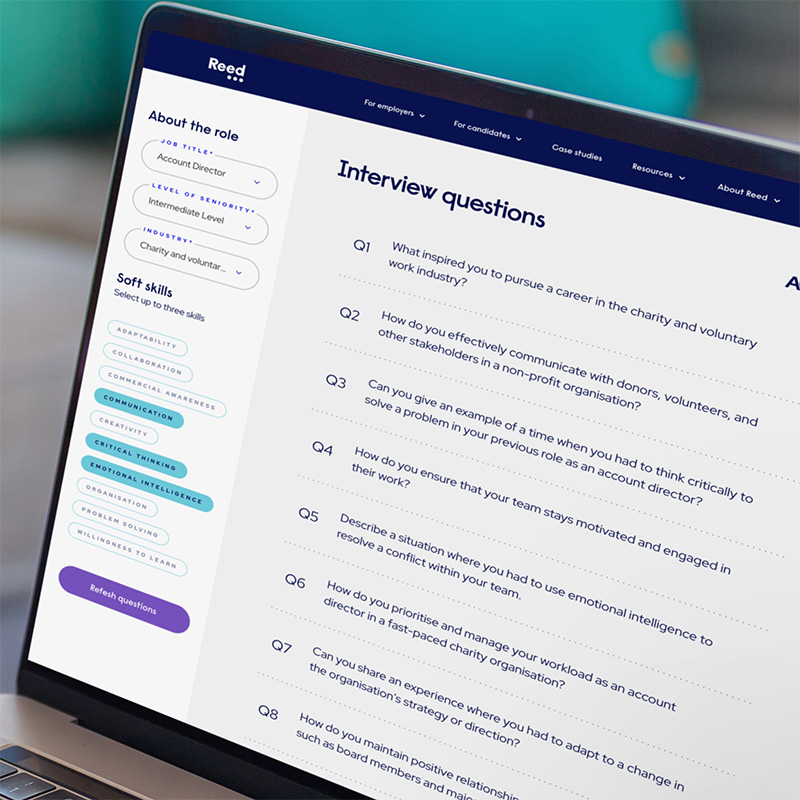Reed offers you and your company peace of mind. Our trusted pre-employment screening service, provided through Reed Screening, can protect your business from reputational and financial risk.
Reed offers you and your company peace of mind. Our trusted pre-employment screening service, provided through Reed Screening, can protect your business from reputational and financial risk.
Reed Screening’s vision is to create a safer world at work. With over 60 years’ experience, a unique position in the industry, and a dedicated team, we can help you to hire the right people for your business. We offer over 500,000 pre-employment checks worldwide and in the past 12 months we’ve conducted checks across 116 countries.
Our screening services are available 24 hours a day, seven days a week, and our vetting specialists will work alongside you to offer the best solution for your business needs.
We complete over a million checks per year worldwide and have a wealth of experience across a wide range of industries, from policing and financial services to health and education. We can carry out checks internationally with no time zone limitations.
Whether you’re looking for criminal record checks, identity verification solutions, right to work checks, or for any other verifications, we have a solution.














